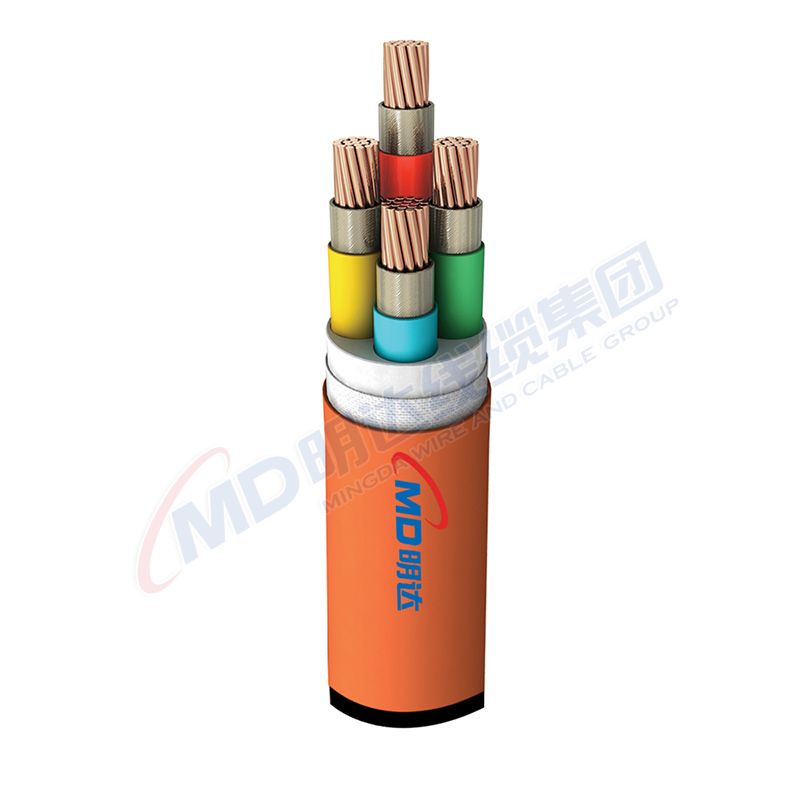Nov . 09, 2024 17:14 Back to list
Grooved Butterfly Valve Design and Applications for Efficient Flow Control Systems
Understanding Grooved Butterfly Valves A Comprehensive Overview
Butterfly valves are essential components in various piping systems, widely used in industries ranging from water treatment and oil and gas to HVAC systems. Among the different types of butterfly valves, the grooved butterfly valve has gained popularity due to its unique design and operational efficiency. This article aims to provide a comprehensive overview of grooved butterfly valves, highlighting their construction, functionality, advantages, and applications.
Construction and Design
A grooved butterfly valve is characterized by its disc positioned in the center of the valve body. The disc is connected to a shaft that can rotate, allowing the valve to open or close by varying the amount of fluid that passes through. The key feature that distinguishes grooved butterfly valves from traditional ones is the grooved ends of the valve body. These grooves facilitate easy installation and a secure connection with grooved pipes, eliminating the need for additional fittings such as flanges or welds.
The materials used in manufacturing grooved butterfly valves vary depending on the application. Common materials include cast iron, ductile iron, stainless steel, and PVC, each offering different levels of corrosion resistance, strength, and temperature tolerance. Additionally, the valve can be equipped with different types of seals, such as elastomeric or PTFE, to ensure a tight shut-off and prevent leaks.
Functionality
The primary function of a grooved butterfly valve is to regulate the flow of fluids through a pipeline. By rotating the disc, the valve can effectively control the flow rate, enabling smooth adjustments to the system. When fully open, the disc is parallel to the flow direction, minimizing resistance and allowing for maximum fluid flow. Conversely, when the valve is closed, the disc obstructs the flow, creating a tight seal.
Grooved butterfly valves can be operated manually with a handle or automatically using actuators, making them versatile for various automation needs. Additionally, their compact design ensures they occupy minimal space, making them suitable for applications with limited installation area.
Advantages
Grooved butterfly valves offer numerous advantages over traditional valve types
grooved butterfly valve

1. Ease of Installation The grooved design allows for quick and easy installation without the need for extensive welding or complicated fittings. This reduces labor costs and installation time.
2. Space Efficiency Due to their compact size, grooved butterfly valves are ideal for tight spaces, making them suitable for diverse installations across various applications.
3. Cost-Effectiveness The materials and construction methods used in grooved butterfly valves often lead to lower overall costs, both during manufacturing and installation phases.
4. Versatility They can be utilized in a range of applications, handling everything from water and steam to chemical processes, thanks to their adaptability in material selection and design.
5. Reduced Maintenance Their simple operation and robust construction often lead to lower maintenance requirements compared to other valve types.
Applications
Grooved butterfly valves are employed in numerous settings, including
- Water Distribution Systems They are commonly used in municipal water systems for flow control and isolation. - HVAC Systems In heating, ventilation, and air conditioning, these valves manage airflow effectively. - Fire Protection Systems Grooved valves are preferred in fire suppression systems, allowing for quick and reliable control of water flow. - Industrial Processes They are instrumental in various manufacturing processes, controlling the flow of liquids and gases.
Conclusion
In conclusion, grooved butterfly valves are a vital component in modern piping systems, offering a combination of efficiency, cost-effectiveness, and versatility. Their unique design facilitates easy installation and operation, making them suitable for a wide array of applications across industries. As technology progresses, the demand for such effective flow control solutions continues to rise, solidifying the groove butterfly valve’s position within the market. Understanding their functionality and benefits is essential for engineers and professionals involved in system design and maintenance, ensuring optimal performance and reliability in fluid management.
Share
-
Reliable Wafer Type Butterfly Valves for Every IndustryNewsJul.25,2025
-
Reliable Flow Control Begins with the Right Ball Check ValveNewsJul.25,2025
-
Precision Flow Control Starts with Quality ValvesNewsJul.25,2025
-
Industrial Flow Control ReliabilityNewsJul.25,2025
-
Engineered for Efficiency Gate Valves That Power Industrial PerformanceNewsJul.25,2025
-
Empowering Infrastructure Through Quality ManufacturingNewsJul.25,2025